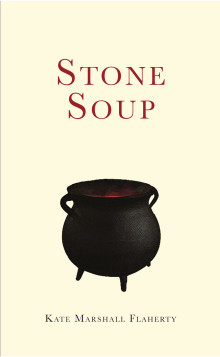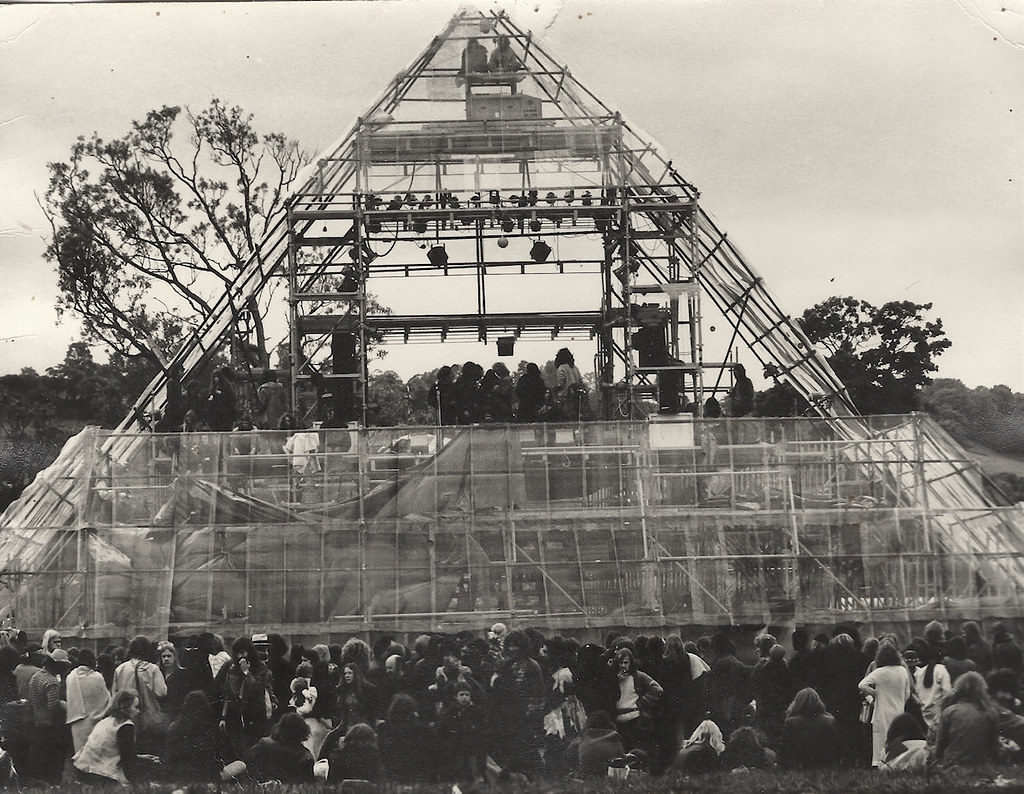Following is the outline of author Terry Barker's presentation at the launch of his book, Continuing Chesterton: The Passage and Revelation of Canada's Renaissance Roots in People's Poetry, at the Parliament Street Library branch of Toronto Pubic Library on June 22, 2015.
In his report on the current state of Canadian poetry in Lummox (Number 3, 2014, San Pedro, California), James Deahl says that a large number of poets writing here now consider themselves to be in the tradition of the "Great Generation" (as he calls it) of the founders of People's Poetry (e.g. Dorothy Livesay, Raymond Souster, Al Purdy, Milton Acorn), or their successors, such as the late Toronto poet Ted Plantos. He further claims that an examination of the poetry of these self-identified followers shows that it is akin not to the work of the People's Poetry founders, but actually to that of a different literary movement that is known as Confessional Poetry.
I am not qualified to comment on the strictly literary aspects of this controversial claim, but I believe that the collection of essays I am launching today (on behalf of Synaxis Press, Dewdney, British Columbia) may throw considerable light upon what might be called the "spiritual content" of the work of the aforementioned "founders". For it is this aspect of the poetry of the "Great Generation" of People's Poets, and of the work of some contemporary Canadian writers, that I am dealing with in this book.
The majority of the items in the book were given as papers at the symposia on People's Poetry at the annual PurdyFests held each summer for eight years in Marmora, Ontario, and which were founded by Chris Faiers, James Deahl and myself. By "spiritual content" I meant there, and I mean in this book, both what is conventionally meant by "spiritual" (things of a religious or psychic nature), but also matters of an ideological, philosophical and sociological type. This broad usage of the term "spiritual" reverts to my own training in the theory and philosophy of politics, and to my years of teaching this subject (under various titles) at Humber College. In this way of approaching the literary content of the work of a group of authors, the investigator reflects on the structure of consciousness revealed in the writing under review in the context of the authors' individual intellectual biographies, relating these to parallel phenomena in relevant general intellectual history, situating the group's identity (in this case People's Poetry) in broader historical trends, representing various structures of consciousness identifiable by scholars.
In this book there are essays on Ted Plantos, Milton Acorn, Dorothy Livesay, Al Purdy and Raymond Souster, as well as items dealing with the general context of their work. There are also book reviews on related matters, and introductions to books by poets who seem (to me) to currently fall within the purview of People's Poetry. Readers of my earlier collections of papers on People's Poetry, After Acorn (1999) and Beyond Bethune (2006) will probably guess that my methodological master is primarily again here the late "philosopher of consciousness" Eric Voegelin. He was a great reader of poetry, and affirmed in conversations held in Montreal that, in a sense different from Plato, "poetry does not lie."
If the reader may be a bit puzzled by the use of G. K. Chesterton as a linking thread for the book, it should perhaps be mentioned that in addition to the fact that he was a "grey eminence" for the British Georgian poets who were read by the Canadian "Great Generation", and acknowledged as an important influence by some of the latter. Chesterton began as a disciple of Walt Whitman, the fountainhead of the American Populist movement in poetry (and bard of the mid-nineteenth century flowering of democracy in New York), the immediate predecessor of People's Poetry in Canada. Like Canada's Father of Confederation, Thomas D'Arcy McGee, Chesterton undertook an immanent (i.e. from within) critique of the Anglo-American experience of liberal modernity, producing both an affirmation and a criticism (from a populist perspective). This he expressed in his 1913 poem The Secret People, for example (Terry then read this poem from page 103 of Continuing Chesterton).
The French and First Russian Revolutions (1905) are characterized here as genuine people's revolts against bureaucratic oligarchies in this poem written during the hideous trench warfare of the First World War, the first truly modern technocratic war. Millions of ordinary men and women produced the machines of destruction, and were hurled into combat with one another by the agents of these production forces, the socialist parties of Europe, by and large, being complicit, as Chesterton, who at the time called himself a socialist, was well aware. The "new age of peace and prosperity" that Western civilization had promised its peoples at the end of the nineteenth century, then, was turning out to be a new, more sophisticated, international tyranny. Our "founders", under consideration this evening, lived and wrote in the era of what is sometimes called the "second battle" of the First World War, and its sequels through the 1930s - 1990s. We are the inheritors of the world made at that time. My specific excuse for using Chesterton to tie together the themes I treat in this book is revealed towards the book's end - a fascinating essay by the late John Sutherland, the knowledge of the existence of which I owe to a gift many years ago from James Deahl.
~ ~ ~ ~ ~ ~ ~ ~ ~ ~ ~ ~ ~ ~ ~ ~ ~ ~ ~
As the chief organizer and host of the eight annual Purdy Country Literary Festivals (PurdyFests), I was pleased to learn that Terry Barker was planning a book on our People's Poetry symposia. Continuing Chesterton is the main document to date of our group's study and analysis of some of the key figures in this movement. Many papers in addition to Terry's collection were also presented and discussed, and the PurdyFest symposia themselves grew from a series of earlier "poetry controversies" organized by poet James Deahl and Terry. The Marmora/ZenRiver Gardens PurdyFests were weekend gatherings, perhaps with more than a trace from my hippie youth spent camping at festivals like The Isle of Wight and Glastonbury, and fortunately there are plans for PurdyFests to continue evolving in a new form under the leadership of James Deahl, Tai Grove and Patrick Connors.
Of course it's impossible to objectively review a book which details something I was a key part of, but I sincerely believe that this collection of essays by Terry is an important document of the People's Poetry movement in Canada. Personally I believe this collection is worthy of three or four books: a chronology of key members of Canadian People's Poetry, a sociological/historical/philosophical study of Canadian poetry and perhaps a study of Terry's mentor (and my bugbear!) Eric Voegelin ; )
Sadly, the production quality of this first edition is just a mess. Terry himself jokes about the many problems, which include bizarre overall layout, run together paragraphs and picture captions which defy belief! I'm grateful to the publisher for bringing Terry's collection of essays together, but I hope a professionally cleaned-up second edition is in the works for publication asap. While showing the book around to PurdyFest participants, even people mentioned were reluctant to obtain a copy of this incredibly garbled first edition. Even the lure of possible future value as a collector's item wasn't sufficient to garner enthusiasm for readership. This is just too important a book for bad production and editing to dissuade potential readers and scholars of Canadian poetry.
Chris Faiers
Marmora, Ontario
June 28, 2015





